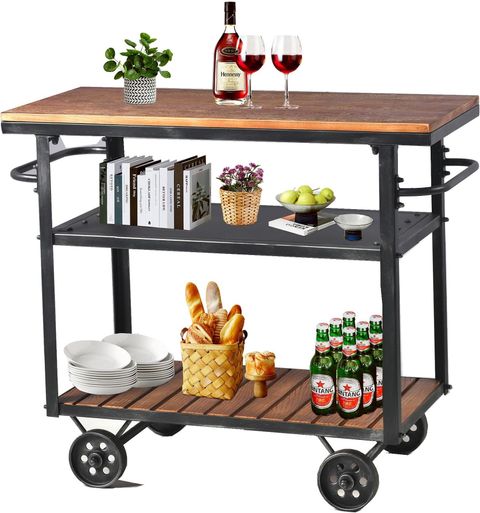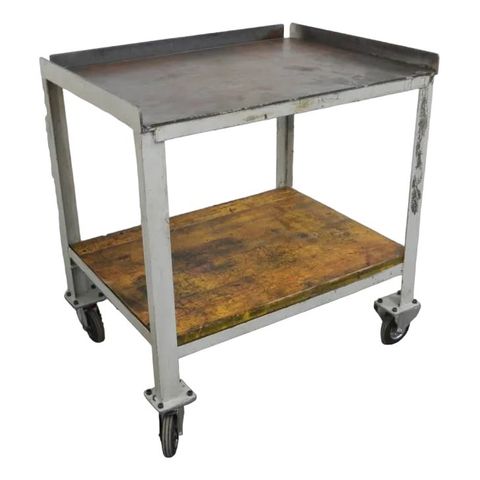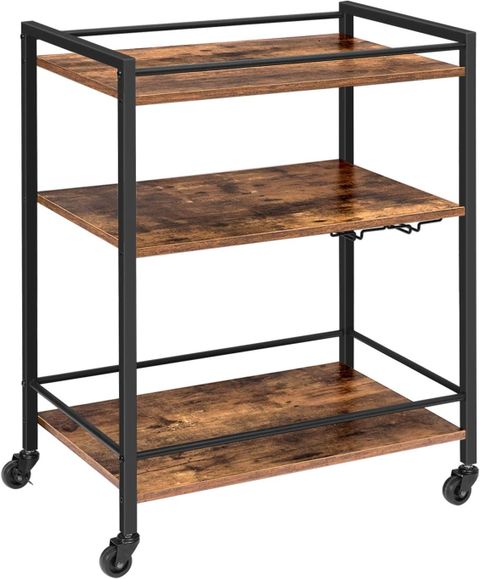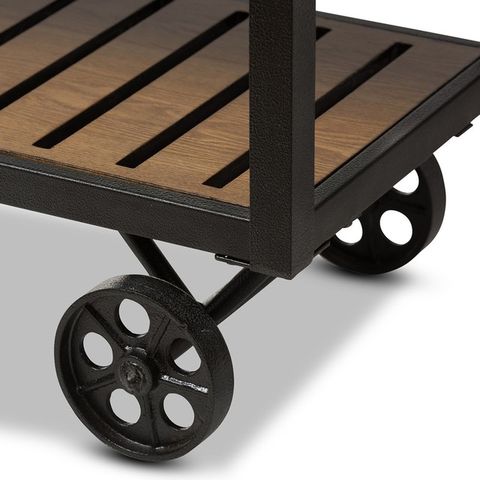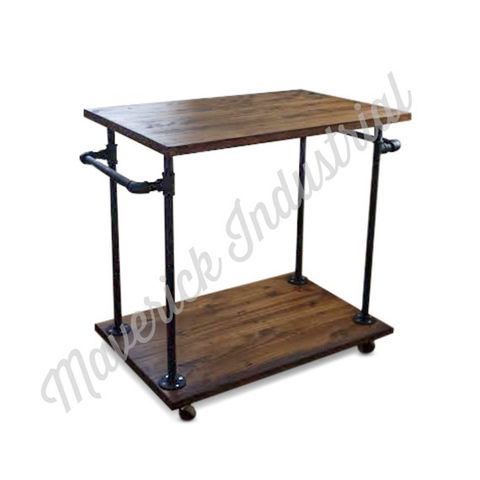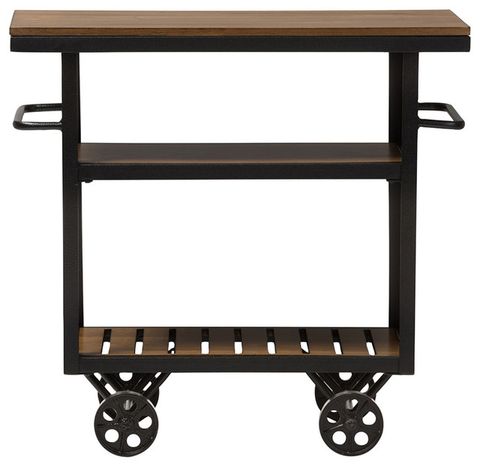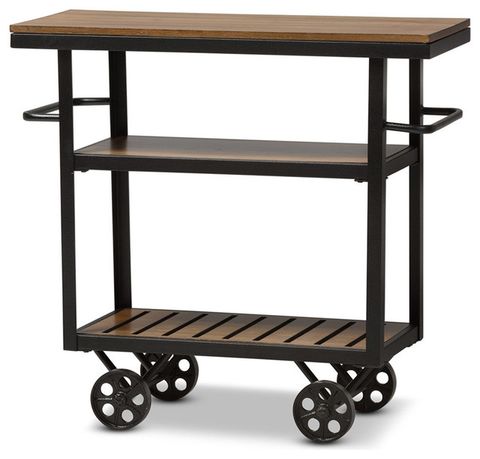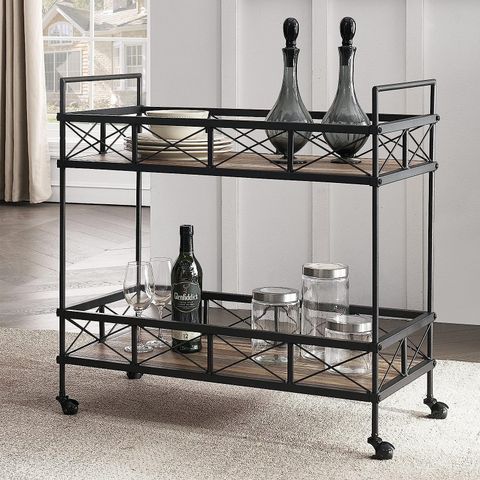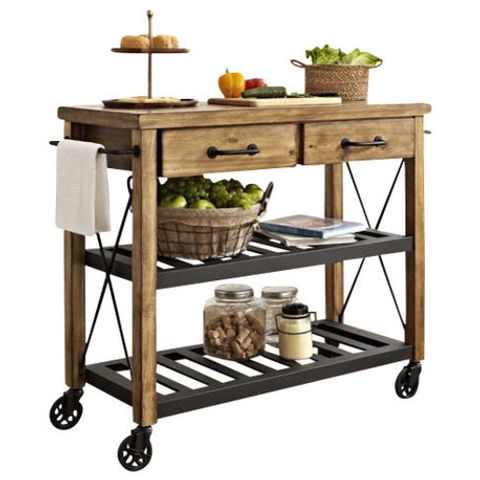Hey everyone. It’s your pal, back with another deep dive into the world of furniture. This time, we’re going to get our hands dirty – figuratively, of course – and explore the fascinating realm of industrial furniture. It’s a style that’s been trending for a while, but I think it’s time we really understand where it comes from, how it’s evolved, and why it’s still so darn cool. Prepare yourselves for a journey through factories, design studios, and, of course, some seriously stylish spaces. This is gonna be good.
Industrial furniture isn’t just about looks; it’s about heritage. It’s the strong, functional aesthetic born from the workshops and factories of the Industrial Revolution. Think sturdy workbenches, metal lockers, and those oh-so-desirable factory carts. These aren’t just pieces of furniture; they’re artifacts, each with a story etched into its very structure. They’ve been repurposed, redesigned, and reimagined, but they still carry that grit and authenticity that makes them so captivating. And, lets be honest, they’re built to last.
The Roots: Where it All Began
Let’s rewind. The industrial style really took off during the late 18th and 19th centuries. The Industrial Revolution was in full swing, and with it came the need for strong, durable furniture. Factories, warehouses, and workshops needed equipment that could withstand heavy use and harsh conditions. This is where the first industrial pieces were born. The materials of choice? Primarily metal (iron, steel), and rugged wood. The design, largely dictated by function, was simple, honest, and built to perform. Form followed function – a principle that’s still key to the style today.
For example, imagine those massive factory tables. They weren’t just for show; they were built to support heavy machinery, and the design focused on stability and practicality. This focus on purpose is one of the core reasons why industrial furniture has such a timeless appeal. And, honestly, it’s really cool to imagine the history behind each piece.
Key Characteristics: What Defines Industrial Design?
So, what exactly makes furniture industrial? Here are some key elements:
- Raw Materials: Think exposed brick, metal, and reclaimed wood. The idea is to show the material’s natural beauty, not to hide it.
- Minimalism: Clean lines, simple shapes, and a focus on functionality. Industrial design avoids unnecessary ornamentation.
- Durability: These pieces are built to last. They are often constructed from strong materials and designed to endure wear and tear. It’s all about the solid build.
- Utilitarianism: Everything has a purpose. Industrial pieces are often designed with specific functions in mind, whether it’s storage, work surfaces, or simply a place to sit.
- Age and Wear: Patina is a plus. Marks of use, signs of weathering, and imperfections only add to the character and charm. It tells a story, right?
These elements, when combined, create a distinct aesthetic that’s both practical and visually striking.
Industrial Furniture in Modern Homes: How to Make it Work
How do you bring this look into your own home? It’s easier than you might think. Industrial furniture works wonderfully in a variety of settings. Here are some ideas:
- Lofts and Open Spaces: Industrial pieces look amazing in spaces with high ceilings, exposed brick, and large windows. They echo the architectural style.
- Mixing and Matching: Don’t feel like you need to go full-on industrial. Mix industrial pieces with other styles, like mid-century modern or rustic, to create a more eclectical and inviting look.
- Accent Pieces: Start small. A vintage factory cart as a coffee table, a metal bookshelf, or a set of industrial stools can be great additions to any room.
- Lighting: Industrial-style lighting is a must. Think metal pendant lights, bare bulbs, and exposed wiring. (But, of course, make sure everything is safe and up to code!)
- Color Palette: The color palette often involves a lot of neutral colors – grays, blacks, browns, and whites – with pops of color from accessories or artwork. And the best part, you can easily switch the colors out and change the look of your space.
Remember, it’s about creating a space that feels both functional and stylish, a space that reflects your personality.
Iconic Examples: Pieces that Define the Style
Certain pieces have become icons of the industrial style. Here are a few examples:
- Factory Carts: These repurposed workhorses make fantastic coffee tables, side tables, or storage units. The wheels add a touch of industrial flair.
- Metal Lockers: These are great for storage and add an instant dose of industrial charm. They look great in entryways, bedrooms, or home offices.
- Drafting Tables: The adjustable height and tilting tops make these tables perfect for work or hobbies. They look amazing as desks or console tables.
- Metal Workshop Stools: Simple, sturdy, and often with adjustable heights, these stools are perfect for kitchen islands or home bars.
- Architectural Salvage: Items like old factory windows, doors, or even metal signs can be incorporated as art or decorative elements, adding to the authentic feel. Look at some local antique shops for some interesting finds.
Finding Industrial Furniture: Where to Shop
So, where do you find these treasures? Here are some ideas:
- Vintage and Antique Shops: This is often the best place to find authentic, one-of-a-kind pieces. The hunt is part of the fun.
- Online Marketplaces: Websites like Etsy, eBay, and Chairish are great for finding vintage and reproduction pieces.
- Specialty Furniture Stores: Many stores specialize in industrial-style furniture, offering a curated selection of new and vintage items.
- Reclaimed Wood Suppliers: You can find amazing pieces made from reclaimed wood, which often have a beautiful, aged look.
- Flea Markets and Estate Sales: These are perfect for finding hidden gems at great prices. You may have to dig, but it’s often well worth the effort!
Do your research, compare prices, and don’t be afraid to haggle. And, of course, always check the condition of the pieces before you buy.
Caring for Your Industrial Furniture: Keeping it Beautiful
Industrial furniture is usually quite durable, but it still needs some care. Here are some tips:
- Clean Regularly: Dust and wipe down metal surfaces with a damp cloth. Avoid harsh chemicals.
- Protect Wood: Use a wood cleaner or oil to protect wooden surfaces. This will help preserve their finish and prevent them from drying out.
- Address Rust: If you find rust on metal pieces, remove it carefully with a wire brush or sandpaper. Then, apply a rust-inhibiting primer and paint.
- Embrace the Imperfections: Don’t try to make everything perfect. The imperfections are part of the charm. A few scratches or dents just add to the character.
- Proper Storage: If you need to store your furniture, make sure it’s in a dry, well-ventilated area to prevent rust or mildew.
With a little care, your industrial furniture will last for years to come, becoming a part of your home’s history.
Industrial furniture is more than just a trend. It’s a design philosophy, a celebration of functionality, and a testament to the beauty of raw materials. It’s about bringing the history and character of a bygone era into your home. Whether you’re drawn to its rugged aesthetic, its practical design, or its unique story, industrial furniture offers a way to create a space that’s both stylish and full of personality. So, go out there, explore, and let the industrial style inspire you. And remember, it’s not about perfection; it’s about embracing the beauty of imperfection and the enduring spirit of the factory floor. Until next time, happy decorating, and keep those spaces looking great. And as always, thanks for reading.

